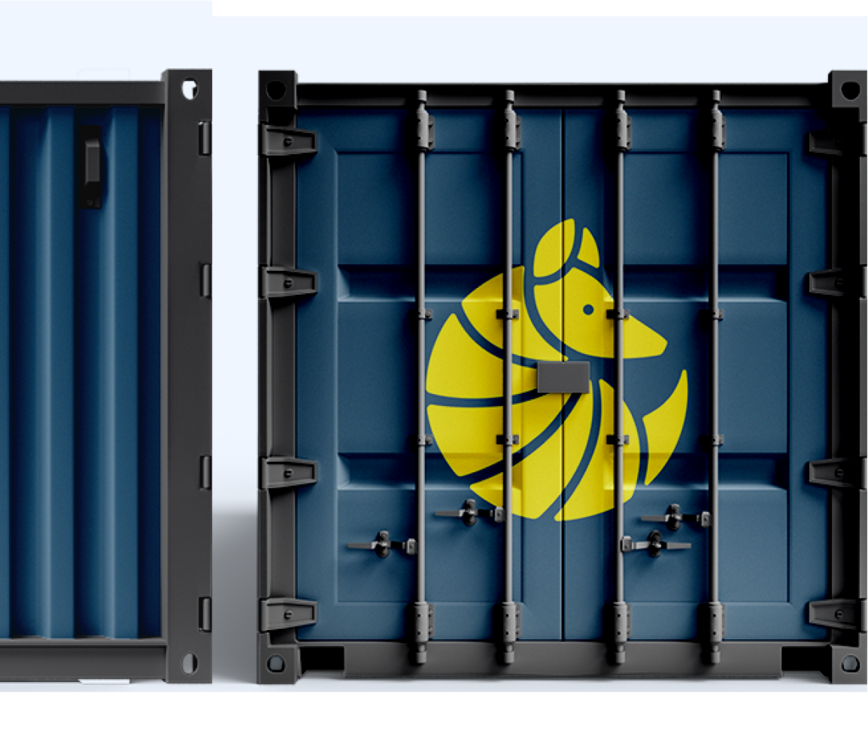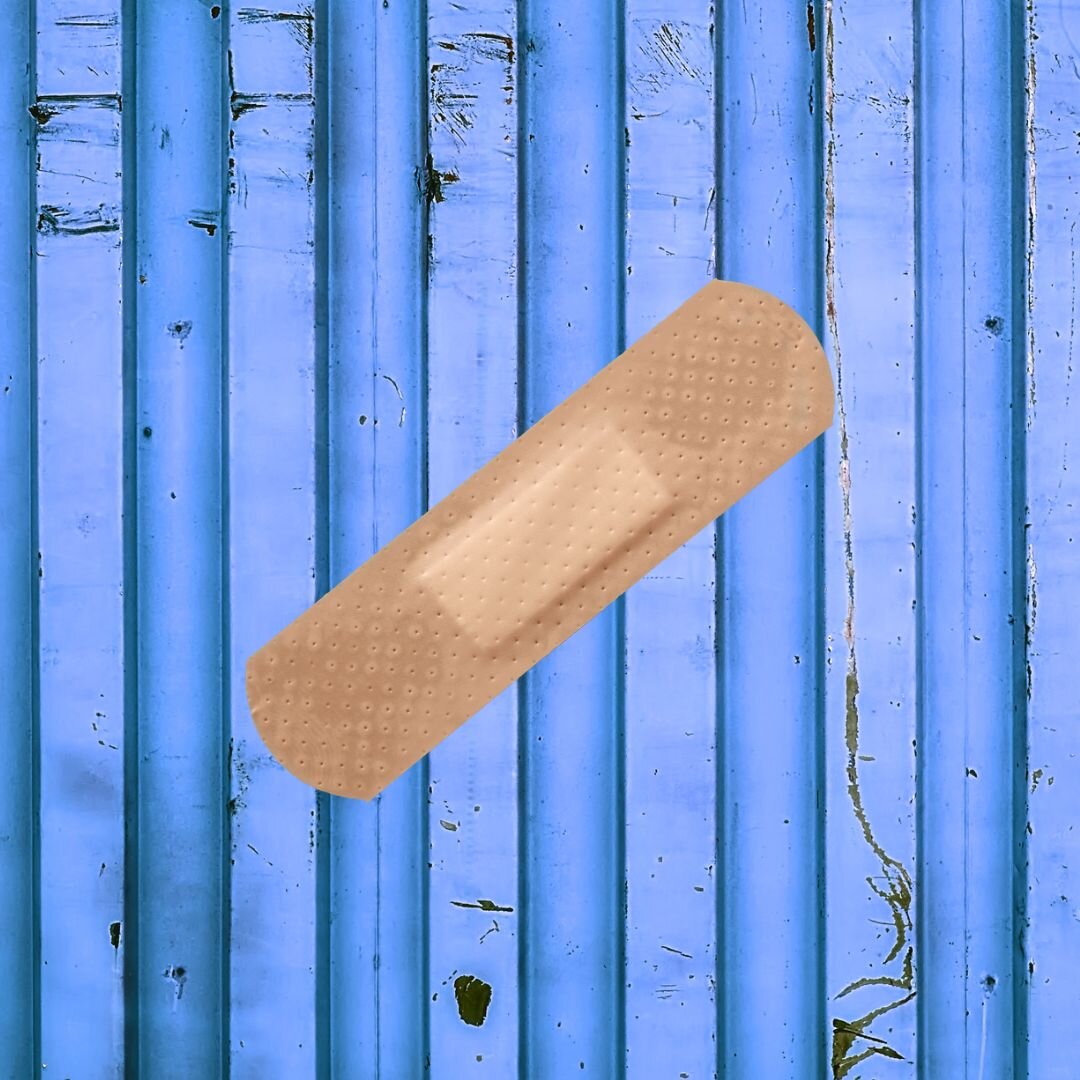Track my order

The shipping container continues to grow in popularity for a number of reasons. Modular, easy to transport, and weather-proof, they easily fill a wide range of uses — from tiny homes to urban gardens, pop-up shops, and beyond.
However, while shipping containers are rightly known for their durability, proper maintenance is necessary to ensure yours has the longest life possible. To help you properly care for your shipping container, we’ve put together a guide of useful tips.
Whether you’re using your container as a home, a retail hub, or simply for storage, here’s how to take care of your shipping container.
Location Matters
Make sure your shipping container is placed on solid ground. If it isn’t, you’ll want to move it in order to extend its lifespan and functionality. Placing your container on flat, solid ground prevents moisture from accumulating underneath it, protecting its structural integrity and keeping its base from becoming compromised. We recommend placing your container on concrete or asphalt for the best results.
If your shipping container happens to be located on a softer surface (think clay or grass), it’s likely to settle over time. If this happens, you’ll need to re-level your unit. We recommend placing wood blocks, iron plates, or similar items under your container’s corners to ensure weight is evenly distributed and keep your container level.
Keep Your Door Hinges Well-Oiled
As with all hinges, the ones on the doors of your container should be properly lubricated at all times. This will keep them from sticking or bending when you open or close your container. Lubricating cargo door hinges is essential if your shipping container has not been used in several years. It’s easy and takes just a few minutes — all you have to do is apply a small amount of lubricant (such as WD40) in order to rescue stiff hinges.
Keep the Roof of Your Container Clear
Shipping containers are known for their ability to carry heavy loads. However, most of that load-bearing capacity is concentrated in the corners of your shipping container. Placing heavy objects on top of a shipping container can cause it to warp. And when we say “heavy objects,” we mean snow and standing water, too. If your container is located in a place that is subject to heavy snowfall or precipitation, it’s important to keep the roof clear in order to boost its lifespan and prevent warping, rusting, and corrosion. You can also modify your container to have a sloping roof that does the job for you.
If you need roof storage or are looking to eventually stack another container on top of the one you have now, reach out to a container modifier and ask them to reinforce the roof.
Keep an Eye Out for Rust, and Do What You Can to Prevent it
Shipping containers are resistant to corrosion caused by the elements — but they aren’t rust-proof. One of the most important ways you can take care of your shipping container is to check it regularly for both superficial and penetrative rust. Remove any signs of rust as soon as you notice it. In most cases, you can use a commercial solution or light bleach to remove rust. If the rust is too advanced to clean yourself, you can always enlist the aid of a professional.
Takes Steps to Control Moisture
Of course, the easiest way to solve for rust is to prevent it from happening in the first place. Rust results from condensation building up in and around your shipping container. While you can’t control the elements outside your container, you can take steps to prevent condensation from accumulating inside your container and rusting parts of the interior. Installing a built-in air-conditioning unit can help manage the humidity and moisture levels inside your container. If you choose to go this route, make sure you replace the unit’s filters regularly and stay on top of any necessary maintenance or repairs.

Assess your Container’s Caulk and Weather-Stripping Each Year
Another way to keep moisture from getting into your container is to ensure your caulking and weather stripping is solid and intact. Over time, these elements can peel and crack, allowing water to seep into your container. Check the caulking and weather-stripping around your container’s windows and doors each year to keep the wet from getting in and maximize the efficiency of your climate-control system, if you have one.
Maintain any Modifications You’ve Added to Your Container
If you’ve outfitted your container with plumbing or electrical modifications, it’s a good idea to inspect these often and ensure they don’t require any repairs or maintenance. Check your drain lines, plumbing connections, and electrical connections on a regular basis to prevent costly repairs. If repairs are needed, it’s best to go with a licensed plumber or electrician rather than do it yourself.
Clean Your Container Well and Often
One of the easiest and most obvious ways to care for your shipping container is to clean it regularly. Like a house or a car, the accumulation of dirt and debris can lead to long-term wear and tear. Cleaning your container every three months will help prevent corrosion that leads to costlier maintenance. A simple mix of Windex and water is typically all you need to remove surface dirt and rust.
These are just a few tips for taking care of your shipping container. Ultimately, the amount of time you dedicate to maintaining your container will depend on the condition of the container you buy. For example, a new “one-trip” container may need less upfront and ongoing maintenance than a used “wind & watertight” container, which will already have significant wear and patches of surface rust.
If you’re in the market for a container but don’t know where to start, check out our helpful guide to choosing the right container.
Already know what you’re looking for? Find a container near you today.

About Nina Barango
Nina Barango is an experienced content marketer and container expert with a proven track record in the tech and logistics industry. Having worked with various startups and SMEs, she bridges the world of marketing, tech and shipping containers. When she's not creating content that'll revolutionize global container trade, you can find Nina reading a book or mastering her video editing skills.







Continue Shopping
Loading cart

